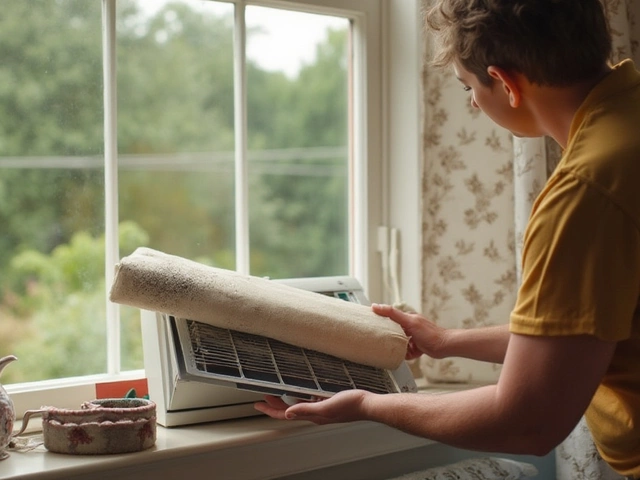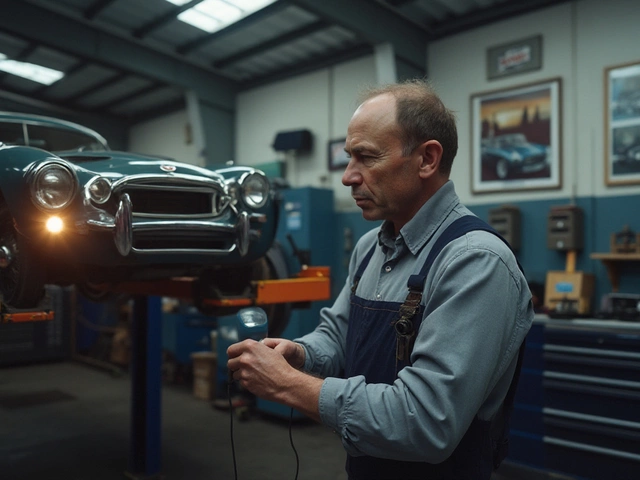Axle Back Basics: What Every Driver Should Know
When you hear "axle back" think about the part that carries power to your rear wheels. It’s the backbone of your car’s rear end, connecting the differential to the wheels and helping keep the vehicle stable. If it’s damaged or worn, you’ll notice vibration, uneven tire wear, or a clunking sound when you turn. Understanding how it works saves you money and keeps you safe on the road.
Common Axle Back Problems
Most issues start with simple wear and tear. Here are the red flags you should watch for:
- Vibrations at high speeds: A wobble that feels like the car is shaking usually means the axle shaft or its universal joints are getting loose.
- Clunking or grinding noises: Clicking when you turn or accelerating often points to a failing CV joint or a cracked axle housing.
- Uneven tire wear: If the inside edge of the tyre is wearing faster, the rear axle may be misaligned.
- Fluid leaks: Oil dripping from the rear differential can seep onto the axle, causing rust and weakening the metal.
Spotting these signs early lets you get the job done before a complete failure. A broken axle can leave you stranded and cause damage to other components.
How to Maintain Your Axle Back
Regular care is the cheapest way to avoid big repairs. Follow these simple steps:
- Check the fluid level: Open the rear differential’s fill plug and make sure the oil is at the correct level. Top up with the right grade if it’s low.
- Inspect the boots: Look at the rubber boots covering the CV joints. Any cracks or tears let dirt in, which wears the joint quickly.
- Rotate the rear tyres: Swapping them front‑to‑back every 6‑8 000 miles spreads the load evenly across the axle and helps catch alignment issues.
- Listen while you drive: Pay attention to new noises when you corner or accelerate. A quick test drive can reveal problems that a visual check might miss.
- Visit a specialist for alignment: A proper rear wheel alignment checks the axle’s angle and ensures the tyres meet the road correctly.
If you’re not comfortable checking oil or boots, a short visit to Northwich Tyres Centre can sort it out. They have the tools to inspect the axle, replace worn CV joints and refill differential fluid, all at competitive prices.
Remember, the axle back isn’t a part you think about until it hurts. By keeping an eye on fluid, boots and tyre wear, you catch issues early and keep your car running smooth. Got a weird clunk? Don’t ignore it—stop by the shop, get a quick diagnosis, and you’ll avoid a costly breakdown down the road.
 16 May 2025
16 May 2025
Catback vs Axle Back: Which Exhaust Is Louder?
Trying to figure out whether a catback or axle back exhaust system is louder? This article breaks down both systems, highlights their sound levels, and explains what you’ll actually notice behind the wheel. You’ll learn why some setups sound like pure thunder and others just give a little growl. We’ll also cover tips for choosing based on your driving style and the law. No fluff, just practical advice every car enthusiast can use.






0